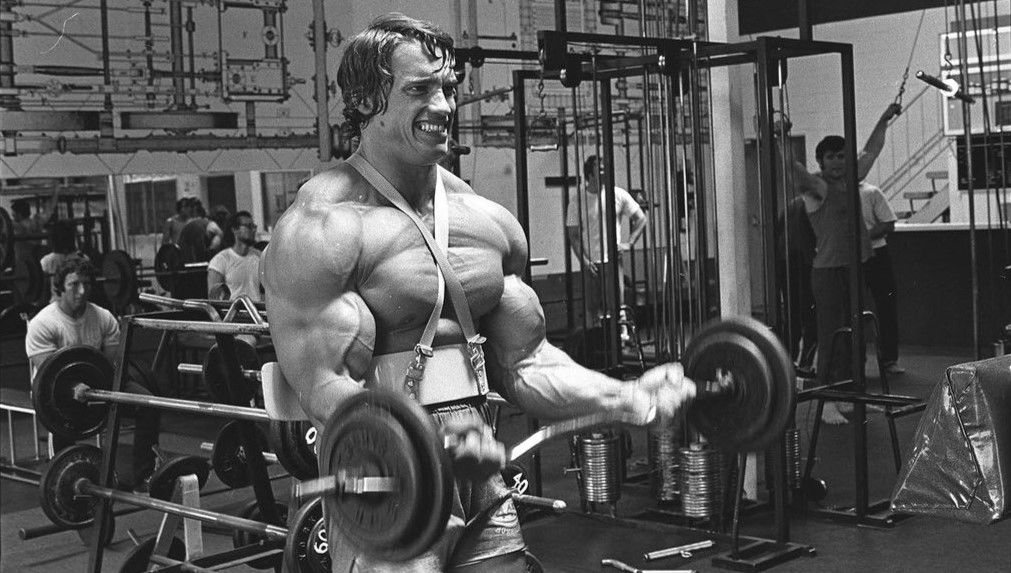
Imago
Arnold’s Pump Club

Imago
Arnold’s Pump Club
Bodybuilding icon Arnold Schwarzenegger, renowned for his sculpted physique and unparalleled success, has recently shed light on a surprising aspect of training – the effectiveness of partial reps in muscle development.
Watch What’s Trending Now!
In the latest edition of his Newsletter, he emphasizes the debate between full and partial range of motion has been ongoing. Schwarzenegger advocates for a full stretch and flex in every repetition during workouts. However, recent research challenges the notion that full-range reps are the sole path to muscle gains.
According to Schwarzenegger’s newsletter, research has indicated that, “Arnold’s method might not be the only way to grow. Research suggests that performing partial reps can still build muscle. Challenges the notion that full-range reps are the sole path to muscle gains.”
ADVERTISEMENT

ADVERTISEMENT
A comprehensive review of 23 randomized controlled trials delved into the impact of range of motion on muscle growth. Astonishingly, the results indicate that both full and partial range of motion exercises yield similar effects on muscle size, strength, body fat, and sports performance. Before you dismiss the idea of partial reps as an equal alternative, it’s crucial to note that the research does highlight some nuances.
While both techniques exhibit comparable effects, a full range of motion stands out for its contributions to strength and power. Additional studies also underscore the benefits of a full range of motion, including improved technique, heightened tension during exercises, increased flexibility, and enhanced sports performance. Delving deeper into the findings, it becomes evident that Arnie might have been ahead of his time.
ADVERTISEMENT
Arnold Schwarzenegger’s timeless approach to muscle growth
The research proposes that honing in on the stretch portion of an exercise could be the key to maximizing muscle growth. Training from “long muscle lengths” triggers the release of crucial proteins such as mTOR, facilitating muscle activation and fostering growth.
This approach involves fully stretching muscles during a movement, such as lowering down entirely during a pull-up or bench press and then concluding the lift by contracting the muscles to their maximum. The age-old debate takes an unexpected turn as science unveils the potential benefits of incorporating partial reps into your training routine.
ADVERTISEMENT
Top Stories
Retired for Almost Four Decades Now, Bodybuilding Legend Tom Platz Gives His Take on Modern Bodybuilding

Top 5 Older Bodybuilders/Fitness Influencers Over 50 Who Are Defying Age and Inspiring Others

Fitness Icon Joey Swoll Reveals the Only Aspect of Bodybuilders That Prevented Him From Being a IFBB Pro: ?Wasn?t Able to Give the Time And?Selfishness?

Arnold Schwarzenegger Unveils a 100-Y.O. Mind-Bending Trick to Avoid Stress Eating

Why Tadalafil Is Used in Bodybuilding: Is It Actually Safe and Effective?

Do you believe partial reps are the new secret to muscle growth? Would you consider traditional training methods for optimal results?
READ MORE: Why Jay Cutler Didn’t Receive His Original Lifetime Achievement Trophy on the Arnold Classic Stage
ADVERTISEMENT
ADVERTISEMENT
ADVERTISEMENT
ADVERTISEMENT

